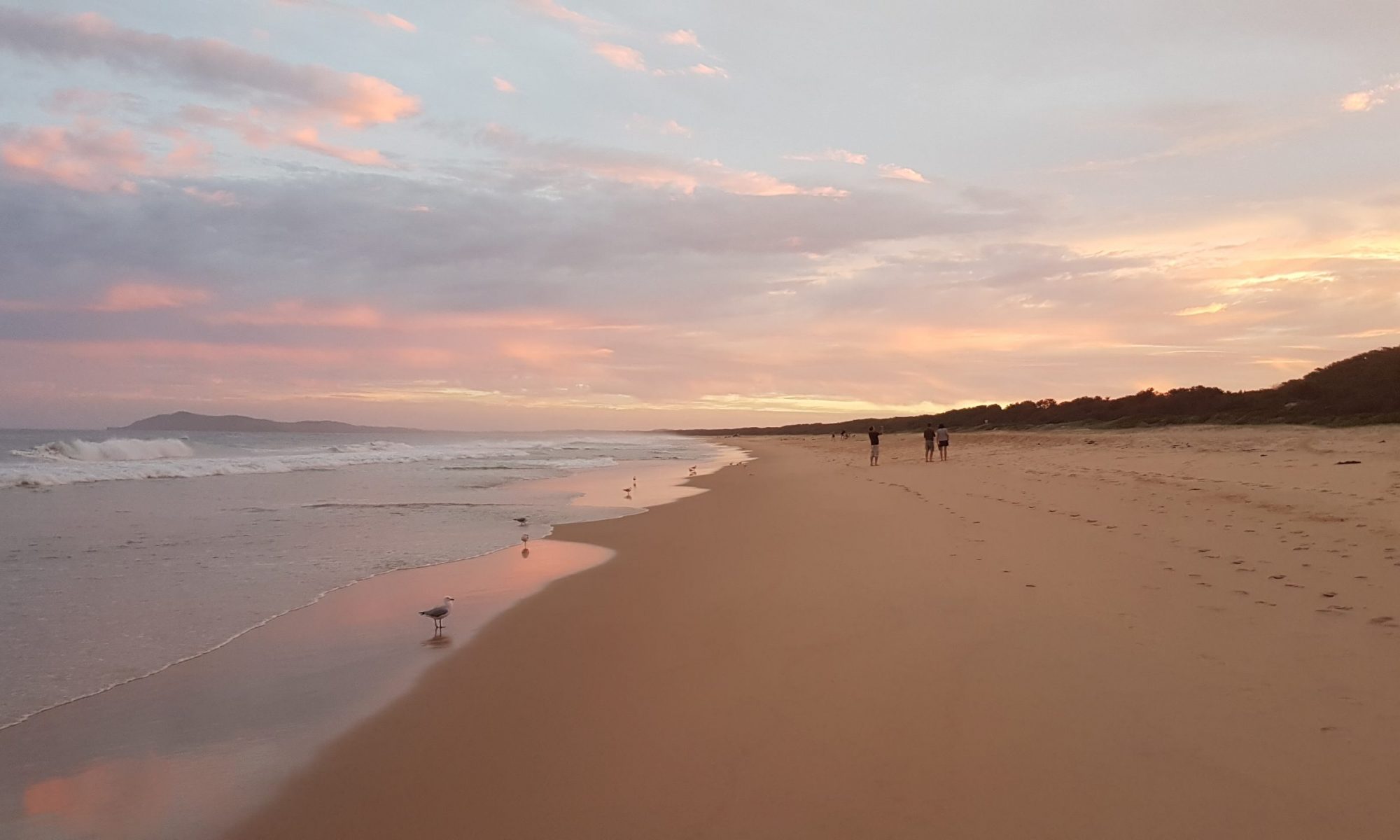Project Mobi. A research survey on compression devices.
Project Mobi is part of the Melbourne Bio-innovation Student Initiative (MBSI), a non profit organisation of university students interested in biotechnology and medical technology (http://www.mbsi.org.au/projects)
The project aims to create a compression device tht prioritises comfort and convenience. They are looking to understand the lived experiences of individuals with chronic swelling to better understand the key issues. The survey takes 10-15 minutes. Check it out here: https://q.surveys.unimelb.edu.au/jfe/form/SV_d6baKlHwu6ASLhY
How do I choose a device?
There are many sequential compression pumps on the market but do they work and which one is best for me?
There are a few factors to consider.
CONS
Active Infections: A pump should not be used where there is an active infection, ever.
Heart Health: As these pumps move fluid back to your heart it may be dangerous if you have any issues with your heart. Please, please check with your GP or specialist prior to trying a pump if you have any heart history.
PROS
Research is clear that pumps do help, especially where lymphatic flow is slow and if a textured garment is worn at the same time.
Research is also clear that movement, walking and resisted exercise particularly, are very helpful, indeed fundamental to good long term management of your lymphoedema or oedema. As exercise helps your general wellbeing as well as your lymphatic flow, we would recommend this first. It is also a lot cheaper.
If exercise is difficult for you, then a pump may be your thing.
Most people find the pump relaxing, so its good to do at the end of the day or when resting. You would expect / hope to see a reduction in size and expect to be able to move more freely as the dense lymphatic fluid is moved and softened.
COST
Pumps range in price from around $1500 to $5000. The ‘cheaper’ ones only do limbs. The more expensive can pump your tummy/ buttock or torso regions as well. In the USA there are pumps for facial swelling, but these are not available in Australia.
NUMBER OF CHAMBERS
Pumps have chambers that overlap. As they sequentially fill with air they massage lymphatic fluid from the fingers / toes towards the heart. As far as I am aware, there are no studies comparing pumps with fewer or greater numbers of chambers.
EASE OF USE
All pumps have controls on the machine themselves. Some also have an app to allow you to adjust the compression / change the sequence / stop and start on your phone.
SEQUENCES
All pumps offer various sequences.
Some start with the chamber closest to your heart to mimic the clearing of nodes in the groin and axilla, something we do when we massage. This is to ‘unblock’ any congestion in this region to allow fluid from the limb to move more freely. This can also be done by some simple exercises and massage prior to or during your treatment.
All have sequential filling, hence the name, from limb to heart.
Some have ‘peristaltic’ sequences where one chamber fills as the one prior releases. This is good if you have difficulty tolerating the compression. It is always advised to not have any discomfort when the pump is working. You may be able to achieve this by reducing the pressure.
Some pumps have sequences that work more intensively on the foot or hand.
ALL PUMPS CAN BE TRIALLED
Ask your therapist to assist by approaching the provider to give you a trial run. This will probably be as part of your treatment session.
Some therapists have pumps in their rooms you can try as part of your regular treatment.
FINALLY
When you do have your pump, remember that gentle is best and the treatment time should be at least 45 minutes, to prevent refill. Only turn the pressure on your pump up after checking with your therapist or lymphoedema specialist.
